Alnwick Castle

Constructed in 1096 in the county of Northumberland, Alnwick is the second largest inhabited castle in England. Shots of it were used for Hogwarts in the Harry Potter movies. Usually, during the winter months, the Duke and Duchess of Northumberland take up residence at the castle to enjoy the cold weather in style. Strangely enough, the castle isn't the most interesting part of the building. The Duchess of Northumberland has dutifully kept a Poison Garden for quite a while now! She was inspired by the Medici garden in the 60s, and she began to grow whatever she could get her hands on -- figuratively, of course. Thankfully, you can take open tours of the estate during certain times of the year. While it may look tempting, our suggestion is that you don't touch anything.
(image via Flickr)
Berkeley Castle
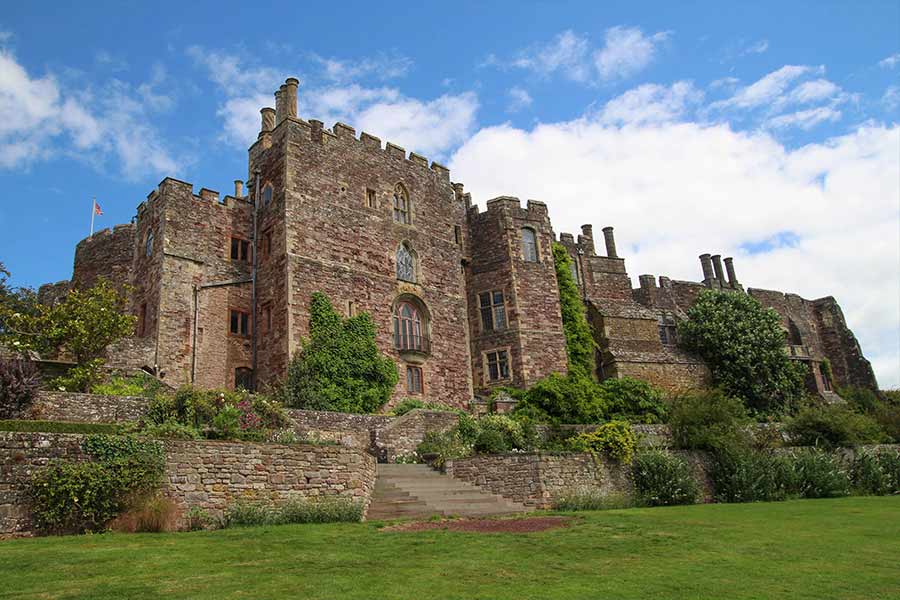
The Berkeley family has owned, operated and occupied Berkeley Castle in United Kingdom’s Gloucestershire for nine centuries. Built in 1067 as a March castle, to keep out the Welsh, Berkeley is complete with arrow slits, murder holes and trip steps.
(image via Flickr)
Chateau d'Usse

A palace fit for a princess, Château d’Ussé inspired Charles Perrault’s fairytale classic, The Sleeping Beauty. Built in France’s Loire Valley in the Middle Ages, it is widely recognized for its stunning Renaissance architecture. A royal home for more than two centuries, these fancy digs currently house the family of the Duke of Blacas.
(image via Flickr)
Chateau du Plessis

Built in France’s Loire Valley in just under five years, between 1468-1472, Château du Plessis’ façade is original to its 15th century construction. Walk across the still-working drawbridge to enter this opulent castle, where descendants of François Reille-Stout, former Duke of Dalmatie, have lived since 2010.
(image via Flickr)
Windsor Castle

The longest-occupied palace in Europe has been home to England’s royal family since around 1100, when Henry I was the man of the hour. Through the years, regular maintenance and updates—including the installation of water turbines to provide hydroelectric power—have kept Windsor Castle in tip-top shape.
(image via Flickr)
Arundel Castle

In West Sussex, overlooking the River Arun, sits Arundel Castle. Roger de Montgomery, Earl of Arundel, built it in 1068. Consistently used as a residence since the 11th century, the palatial estate, including gorgeous tulip gardens, has belonged to the family of the Duke of Norfolk for 400 years.
(image via Flickr)
Castello di Moncalieri
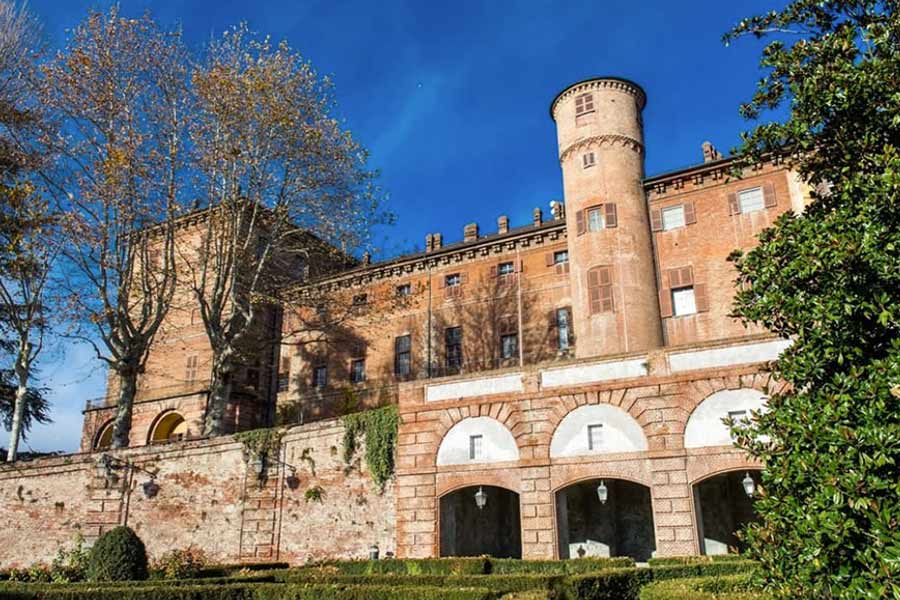
Dating to 1100 in Turin, Italy, Castello di Moncalieri is one of the royal residences of the Royal House of Savoy. The horseshoe-shaped castle has been the headquarters of the 1st battalion of the Carabinieri, or military police, since 1921. Visitors can explore the uninhabited areas of the castle.
(image via Flickr)
Balmoral Castle

Since Prince Albert bought it for his wife, Queen Victoria, in 1852, Balmoral Castle has been a Scottish vacation home for the British Royal Family. Recent updates to the Aberdeenshire estate in the installation of impressive water and kitchen gardens. Visitors can explore Balmoral’s grounds and ballroom daily from April through July.
(image via Flickr)
Hillsborough Castle
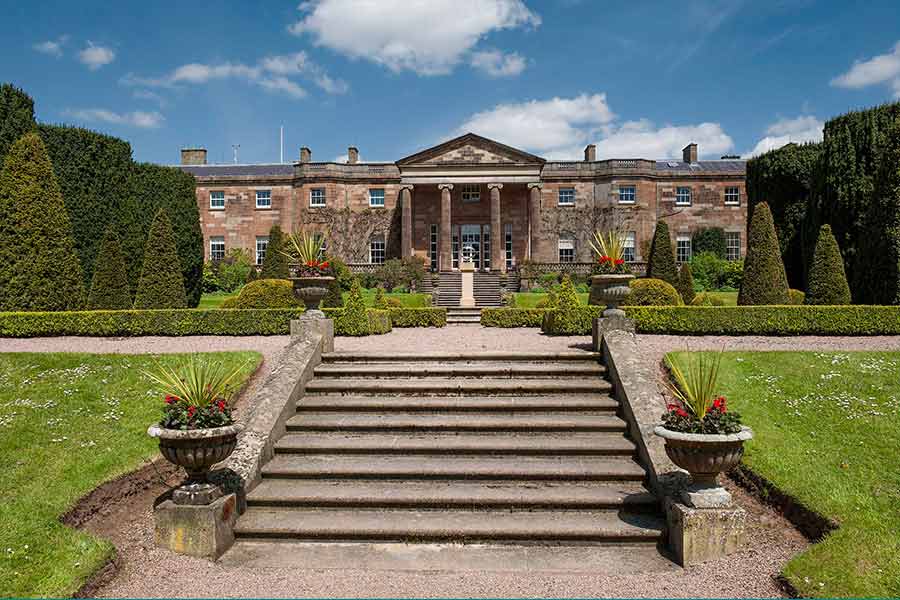
Hillsborough Castle is home to the Secretary of State for Northern Ireland and serves as occasional lodging for its owner, Queen Elizabeth II, and her entourage. Wills Hill built the late-Georgian mansion in the 1770s. Today, visitors flock to Hillsborough for a tour of the elegant residence and peaceful 96-acre garden estate.
(image via Flickr)
Malbork Castle
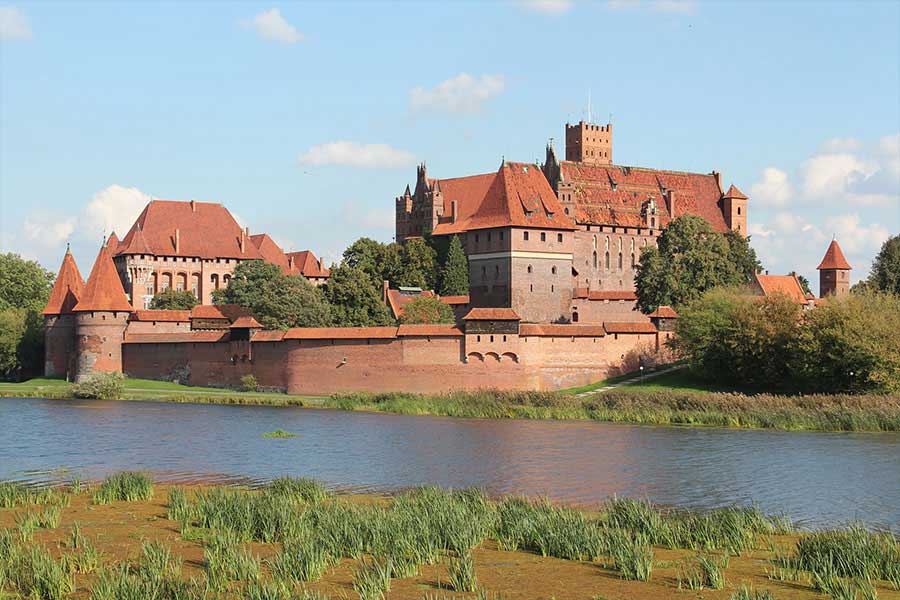
The largest brick building in Europe, Malbork Castle was built by the Teutonic Knights in the 13th century. Home to Polish kings and invading Swedes, for time Malbork was even a Hitler Youth destination. Today, the massive Gothic structure hosts exhibitions and houses priceless works of art.
(image via Flickr)
Chateau de Chenonceau
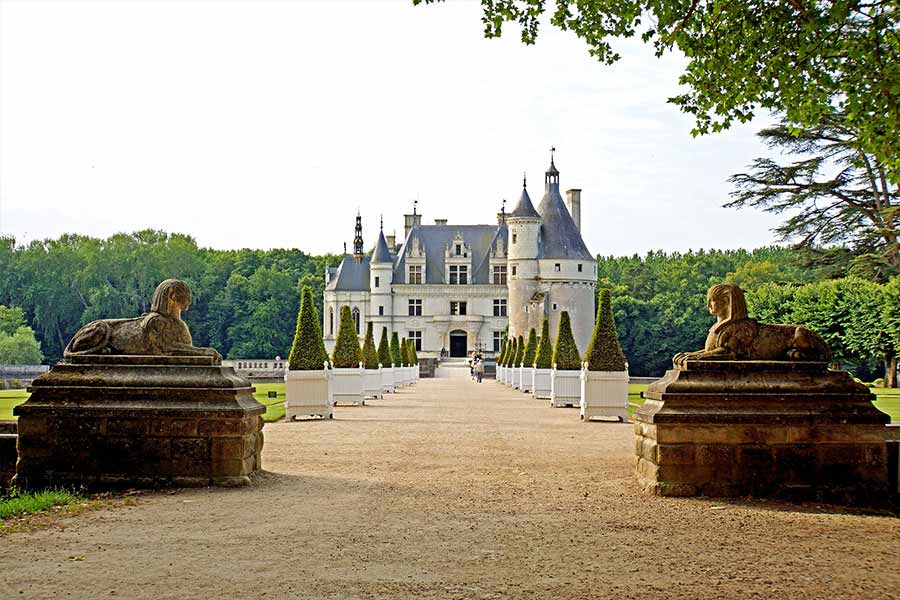
The stunning Château de Chenonceau is a Loire Valley jewel. Home to a string of famous women, the first, Katherine Briçonnet, supervised the estate’s 16th century construction. The Menier family, of chocolate fame, purchased the damaged domicile after the 1940 River Cher flood and restored it to its original glory.
(image via Flickr)
Paro Taktsang
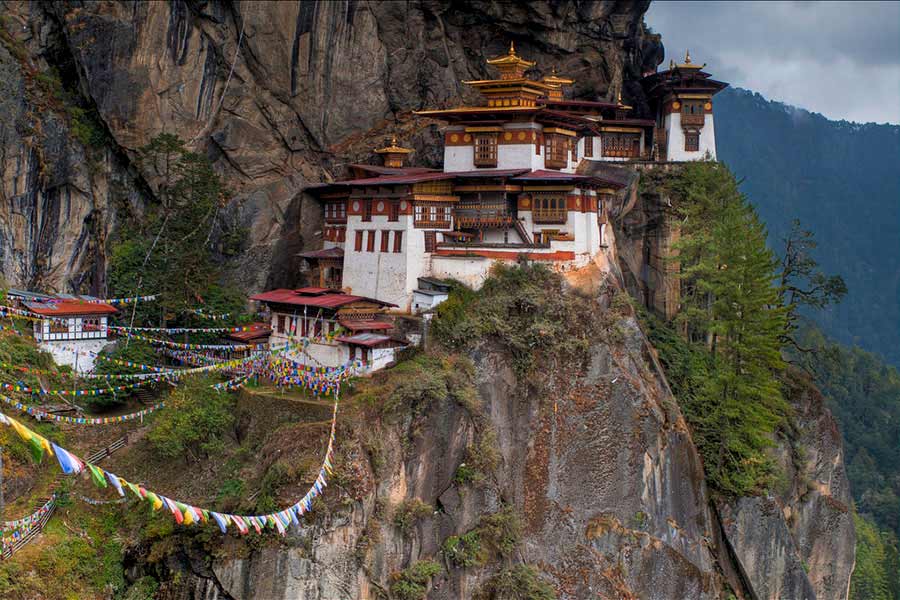
Atop Red Hill by Tibet’s Lhasa River sits 7th century Potala Palace. Originally a meditation retreat for Emperor Songtsen Gampo, the Dalai Lama occupied the palace from 1645 until 1959, when the 14th Dalai Lama fled to India during the Tibetan uprising. Today it draws pilgriming Buddhists from around the world.
(image via Flickr)
Potala Palace
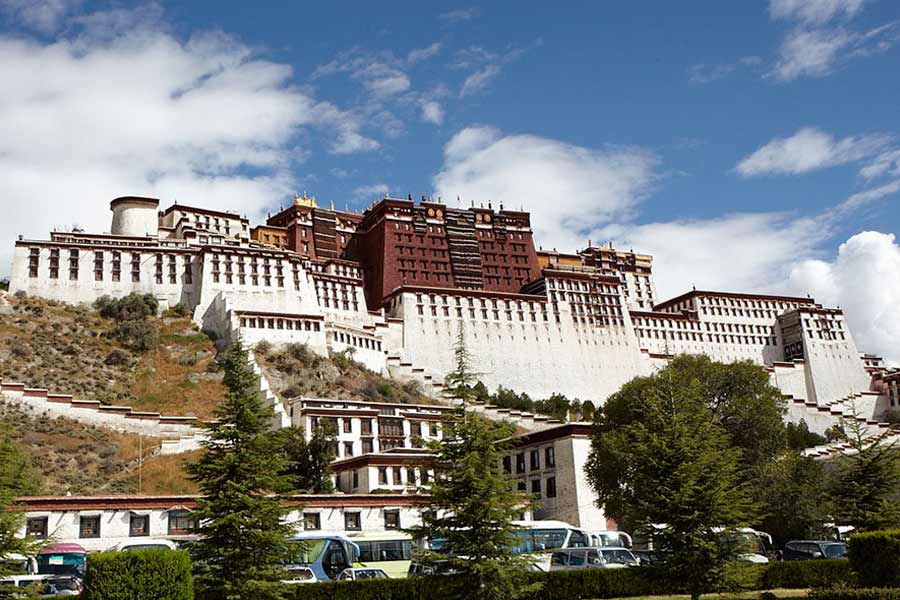
Paro Taktsang—a sacred, palatial Buddhist monastery—is situated in the Himalayas in Bhutan. Built in 1692, the elaborately ornamented temple has eight caves and numerous balconies with breathtaking vistas. The holy shrine is open to visitors via three possible mountain paths.
(image via Flickr)
Dolmabahce Palace
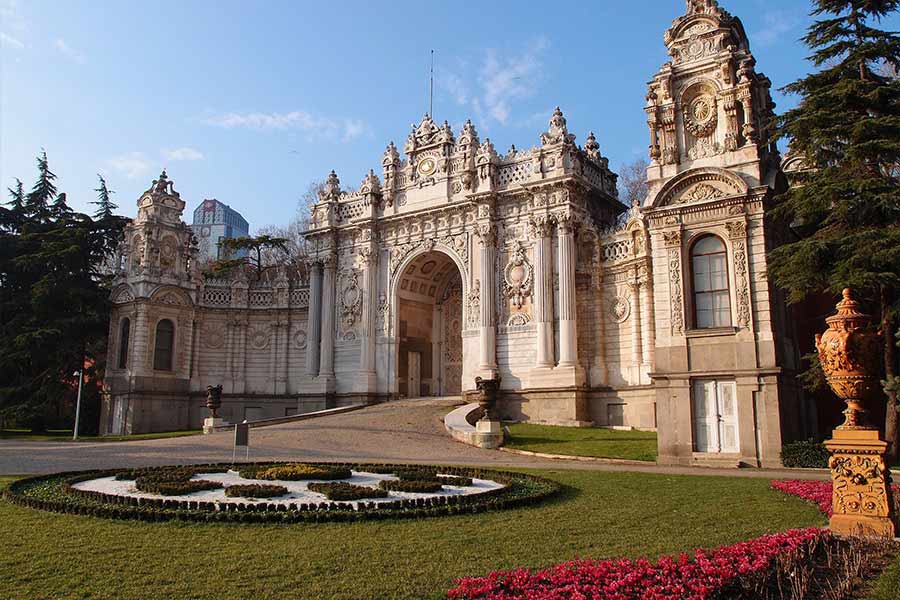
The Turkish empire’s 31st sultan ordered construction of Dolmabahçe, the largest palace in Turkey, as his home in 1843. The glamorous estate occupies 11 acres on the Bosphorus Strait. Once the Ottoman Empire’s administrative headquarters, today it is open for tours and may be rented for weddings and other grand events.
(image via Flickr)
Neuschwanstein Castle
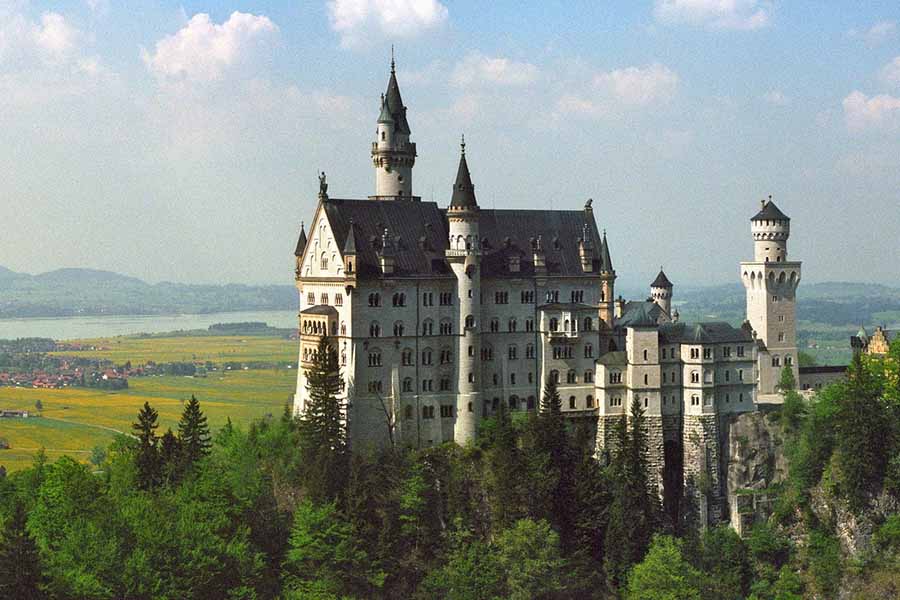
Reclusive King Ludwig II commissioned the construction of Neuschwanstein Castle in idyllic Bavaria, Germany, in the late 19th century. A tribute to composer Richard Wagner, the Romanesque Revival-style castle opened to the general public upon Ludwig’s death in 1886. Every summer, 6,000 daily visitors flock to Neuschwanstein for a 35-minute guided tour.
(image via Flickr)
 Author
Alot Travel Team
Last Updated: January 12, 2018
Author
Alot Travel Team
Last Updated: January 12, 2018